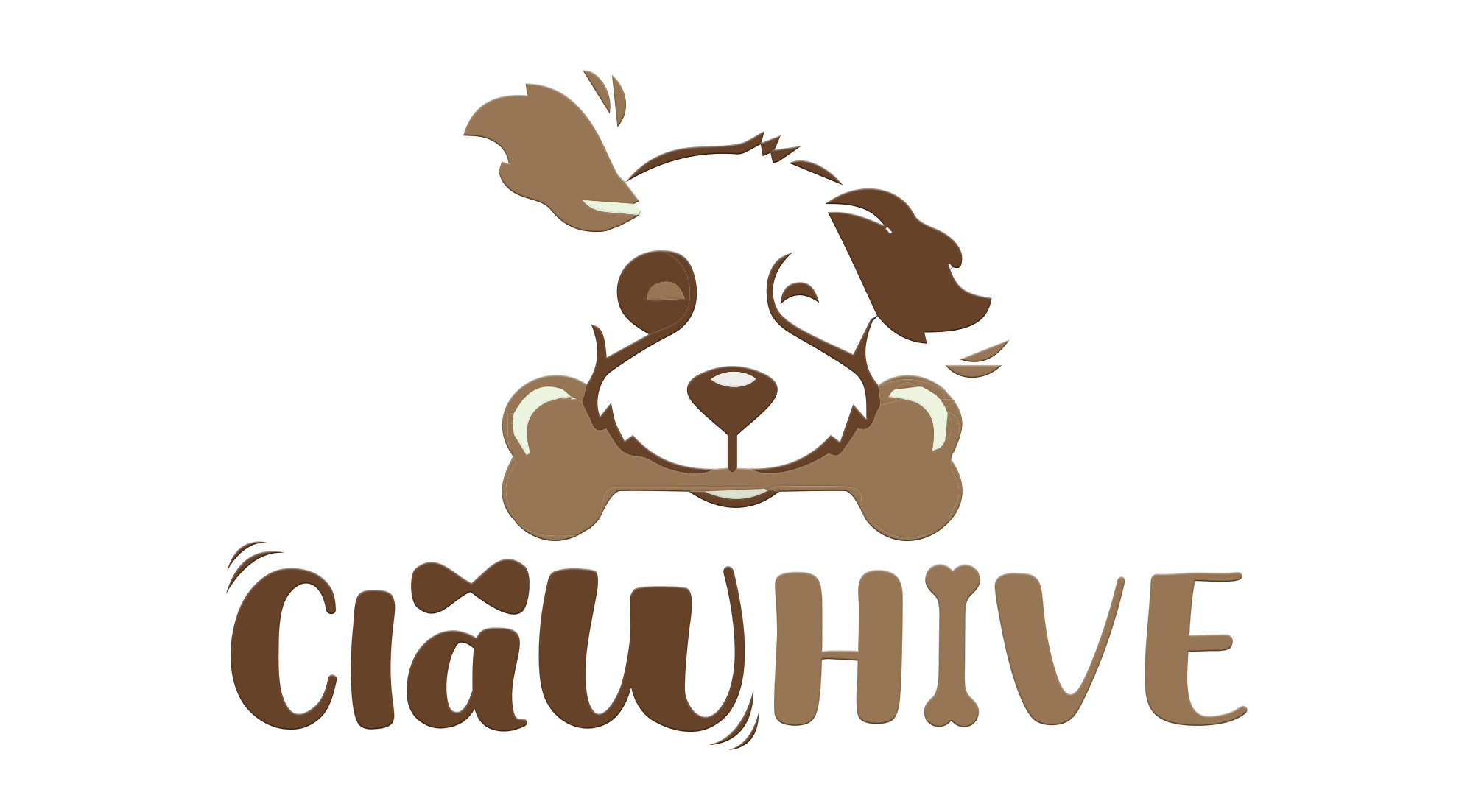Regarding a dog’s dental health, most dog lovers are concerned with preventing tartar buildup or ensuring their pets have fresh breath. However, certain dogs may experience more severe dental issues from birth, including malocclusions like prognathia dog.
Prognathia dog refers to an abnormality in the alignment of their jaws, leading to a range of health issues. This blog will explore what a prognathic dog is, its causes, treatment options, and what it means for your pup’s health.
So, let’s roll it out!
What is a Prognathia Dog?
Prognathism in dogs, also known as prognathia, is when a dog’s lower jaw (mandible) protrudes beyond the upper jaw (maxilla). Prognathism is classified as Class 3 malocclusion and is relatively common in certain dog breeds.
While an underbite may give some dogs a distinctive look, it can lead to serious dental issues, affecting their ability to eat, chew, or close their mouths properly.
What is Another Name for a Prognathia Dog?
Another name for prognathia is mandibular prognathism. It’s often referred to as an underbite, but in veterinary terminology, it falls under the category of Class 3 malocclusion.
This distinguishes it from other types of malocclusions, like Class 2 malocclusion, where the upper jaw significantly overlaps the lower jaw, creating an overshot jaw or overbite.
Tip: There’s another condition that can affect your little canine’s dental health, and that would be none other than rubber jaw syndrome. Click here to learn more!
The Type: Class 3 and 4 Malocclusion in Prognathia Dog
Class 3 malocclusion (prognathism) is identified by a lower jaw that extends beyond the upper jaw which creates an underbite. However, there is also
Class 4 malocclusion, which refers to more complex jaw misalignments involving both vertical and horizontal discrepancies in jaw structure. This class of malocclusion often requires surgical intervention due to its severity.
What is Prognathia Dog Caused By?
Prognathia in dogs is primarily a genetic condition. Certain breeds are predisposed to this malocclusion due to selective breeding for specific physical traits. Breeds like Bulldogs, Boxers, and Shih Tzus are well-known for having prognathic jaws as part of their breed standard.
While these underbites may be considered normal or desirable in these breeds, the same condition in other breeds may indicate a structural issue.
The condition may also result from developmental issues during puppyhood, where the growth of the jaws is imbalanced.
Prognathia Dog Symptoms
The symptoms of prognathia in dogs can vary depending on the severity of the underbite. Common signs include:
- Difficulty in chewing food, especially hard or large pieces
- Misalignment of teeth
- Abnormal wear and tear on teeth, increasing the risk of infections
- Drooling or the inability to close the mouth fully
- Visible protrusion of the lower jaw
Dog owners may notice these symptoms early in puppyhood, especially if their dog belongs to a breed prone to prognathism.
Must Read: Blog on Painful Dog Mouth Ulcer
Prognathia Dog Treatment
In many cases, if the dog’s ability to eat, chew, and live comfortably is unaffected, no treatment for prognathia is necessary. However, if the dog experiences pain, difficulty eating, or secondary infections, treatment options include:
- Orthodontic appliances: Similar to braces in humans, veterinary orthodontics can realign teeth and correct mild to moderate malocclusions.
- Tooth extraction: In cases where misaligned teeth cause pain or infections, tooth extraction may be necessary in your big fluffy dogs.
- Surgery: Severe cases of prognathia, especially Class 4 malocclusion, may require surgical realignment of the jaws.
Regular dental checkups are vital to monitor the progression of malocclusion and prevent secondary issues like tooth decay, gum disease, or jaw pain.
Prognathism vs Brachygnathism in Dogs
It’s important to understand the difference between prognathism and brachygnathism in dogs. Prognathism refers to the protrusion of the lower jaw, while brachygnathism is the opposite—a condition where the upper jaw extends too far beyond the lower jaw.
Brachygnathism results in an overshot jaw and is classified as Class 2 malocclusion. Both conditions fall under dental malocclusions but present opposite problems regarding jaw alignment.
Is Dog Overbite a Problem?
While a slight overbite or underbite may be cosmetic and not cause immediate issues, severe malocclusions can lead to long-term health problems. An overbite, also known as overshot jaw, can cause difficulty in chewing, gum damage, and even tooth wear.
Dogs with severe overbites may develop a condition called rostral crossbite, where the canine teeth and incisors grow into abnormal positions, further complicating the dog’s ability to eat or drink.
In both prognathic and overbite cases, regular dental checks are crucial to ensure that the malocclusion isn’t causing secondary issues like dental pain, infections, or malnutrition.
Conclusion
Prognathia dog is more than just an aesthetic issue. While some dogs with underbites may live happy, healthy lives, others may experience significant dental problems due to malocclusion.
Understanding the differences between prognathism, brachygnathism, and other dental issues like Class 2 and Class 4 malocclusions is crucial in providing your big dog with the best care.



